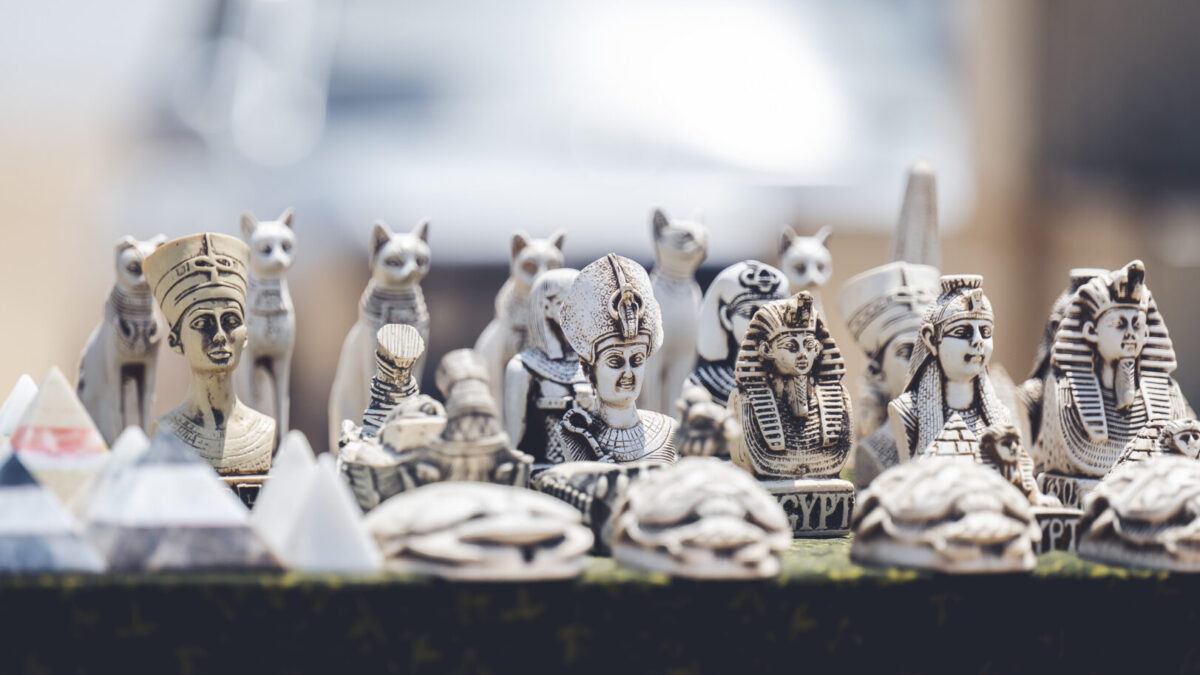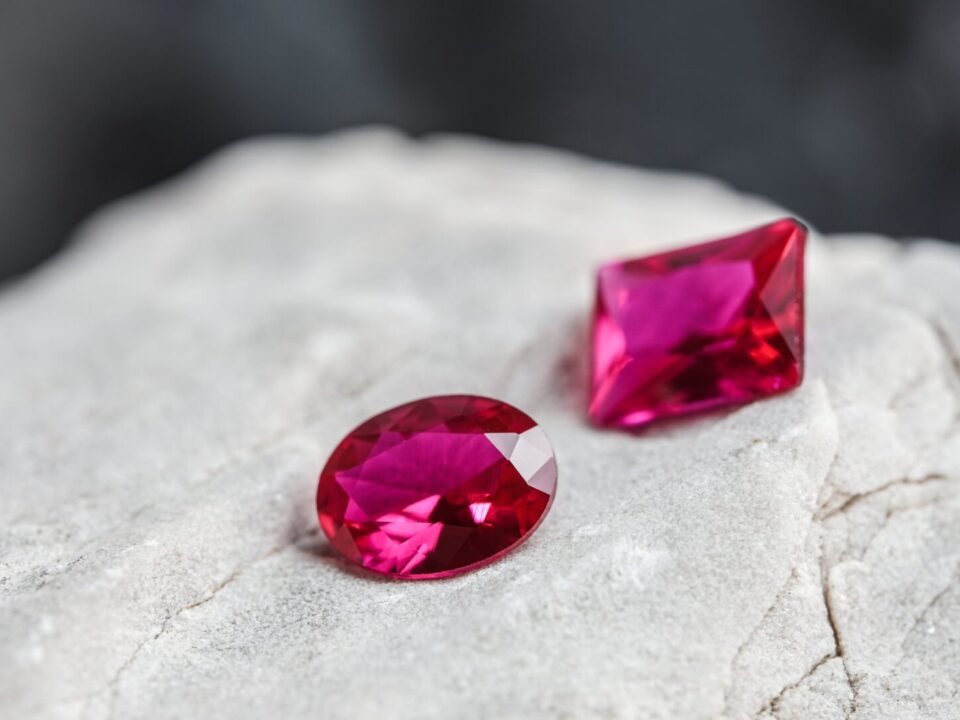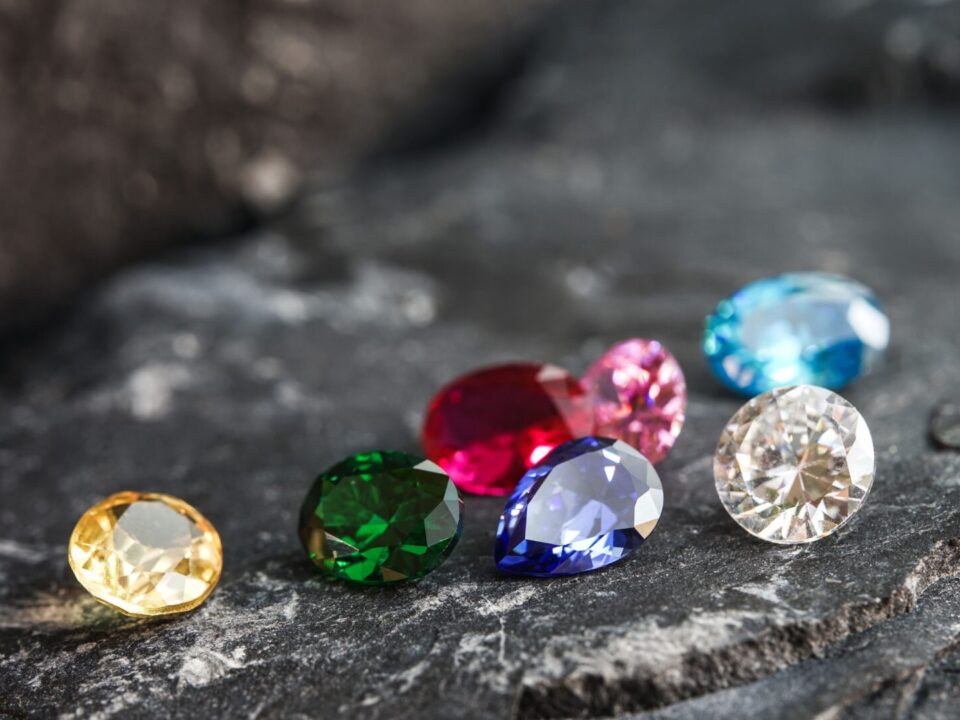Whether inherited or gathered over time, selling collectibles can be an emotional experience, often accompanied by unique challenges. While the process can be both emotionally and financially complex, it can also be deeply rewarding when approached thoughtfully and strategically.
Common mistakes like undervaluing pieces, neglecting provenance, or rushing a sale can significantly reduce your potential earnings. The best way to sell antiques is to do your due diligence, stay calm, and find the right market for your collectible.
Wondering how to sell collectibles at auctions? To help you make informed decisions and maximize value, here are 5 auction mistakes sellers make when selling collectives at auction.
Rushing the Process and Skipping Professional Appraisals
The first and foremost selling at auction tips for maximum return is seeking a professional appraisal. One of the most common mistakes sellers make is skipping a professional appraisal or overlooking the need for proper authentication. While it may be tempting to rely on online research or personal estimates, these methods often miss the subtle details that truly determine an item’s value.
Take your time, especially when selling inherited collectibles. In today’s market, counterfeits and reproductions are widespread, making buyers more cautious than ever.
Professional appraisals offer accurate, market-informed valuations based on factors like rarity, condition, and current demand. Authentication services add another layer of trust, verifying the legitimacy of your items and boosting buyer confidence. Without verified authenticity, even rare and valuable pieces may struggle to sell or fall short of their potential price.
Underestimating the Value of Items
A common mistake when selling inherited antiques is undervaluing them. Rare or highly desirable pieces are often overlooked in large or unfamiliar collections due to a lack of other pieces available on the market. Before selling, it’s crucial to research or seek professional appraisal to understand an item’s true market worth.
While emotional attachment matters, it doesn’t always equate to market value. Expecting buyers to pay more because of your personal connection to an item is unrealistic and it’s important to separate emotional from financial value.
If something holds deep sentimental meaning, consider keeping it. For everything else, rely on objective valuation to guide your selling decisions.
Overlooking Provenance
Provenance, which is the documented history of an item’s ownership, can significantly enhance the value of rare and collectible pieces. For many collectors, the story behind an item is just as important as the item itself. A well-documented provenance adds credibility, reassures buyers of authenticity, and makes an item far more desirable.
When wondering how to sell collectibles, it’s important to provide essential documentation, such as certificates of authenticity, purchase receipts, or historical records. Without these, even valuable pieces may be undervalued or dismissed by serious buyers.
Researching provenance can also help you compare similar items at auction or online, giving you a better sense of current market value and helping you avoid being lowballed. For example, a painting once owned by a notable figure or a signed baseball with verified documentation can fetch a significantly higher price simply because its story is known and trusted.
Choosing the Wrong Market
Not all selling platforms are equal when it comes to rare or valuable items. Listing your collectibles in a general marketplace or targeting the wrong audience can lead to undervaluation, lower offers, and slow sales. The best way to sell antiques is matching your item with the right venue and buyer base.
Consider a range of selling avenues—online marketplaces, direct sales to private collectors, or auction houses. Each option has its pros and cons, depending on the item’s type, rarity, and demand. For example, auction houses are ideal for high-value or historically significant pieces, while niche collector forums may offer better exposure for specialty items.
Specialized auctions, trade shows, or collector-specific platforms often deliver better results than general resale sites. Do your research to understand where collectors in your category are buying and selling—and align your strategy with those spaces to maximize your item’s visibility and value.
Mistiming the Market
A common auction mistake sellers make is mistiming the market for their collectible. Timing can play a critical role in the success of your sale. The market for rare and collectible items often fluctuates based on current events, anniversaries, pop culture trends, or even seasonal interest. Selling too early or too late can mean missing out on peak value.
Collectibles are often niche avenues, and staying on top of market trends will help you maximize your value and plan your sale accordingly. Track news, anniversaries, and collector demand to identify the most opportune time to sell. Strategic timing can make a significant difference in your final return.
Sell Your Collectible at a Trusted Auction House
An established auction house like Joshua Kodner offers a more efficient and rewarding experience for both buyers and sellers. With decades of expertise, our team helps authenticate, appraise, and market antiques to a broad international audience, resulting in higher sale prices.
Backed by an experienced group of gemologists, certified appraisers, and experienced auctioneers, we make the antique process seamless and trustworthy. Ready to get started? Contact us today for a personalized consultation.




